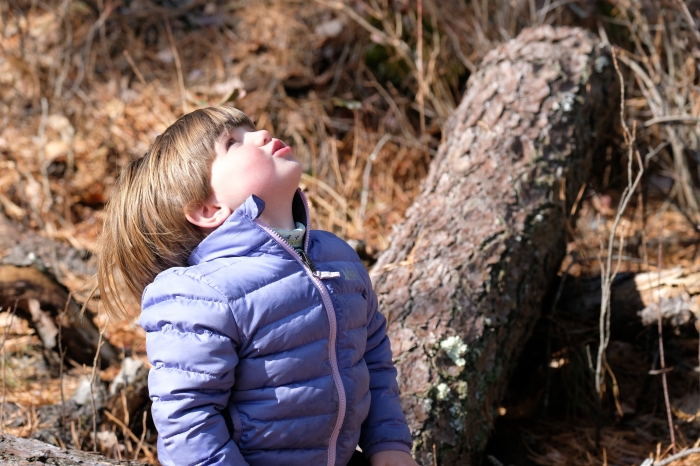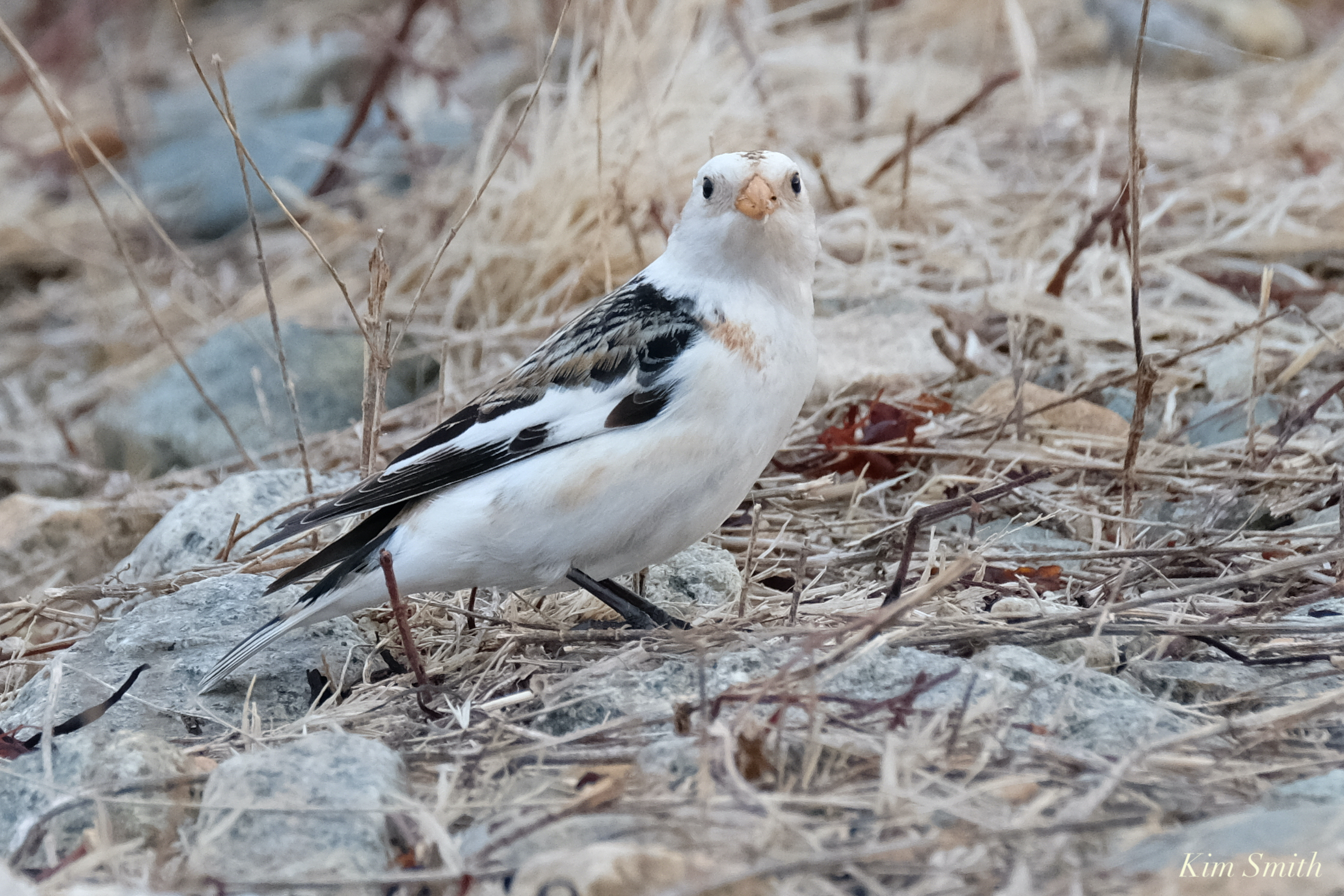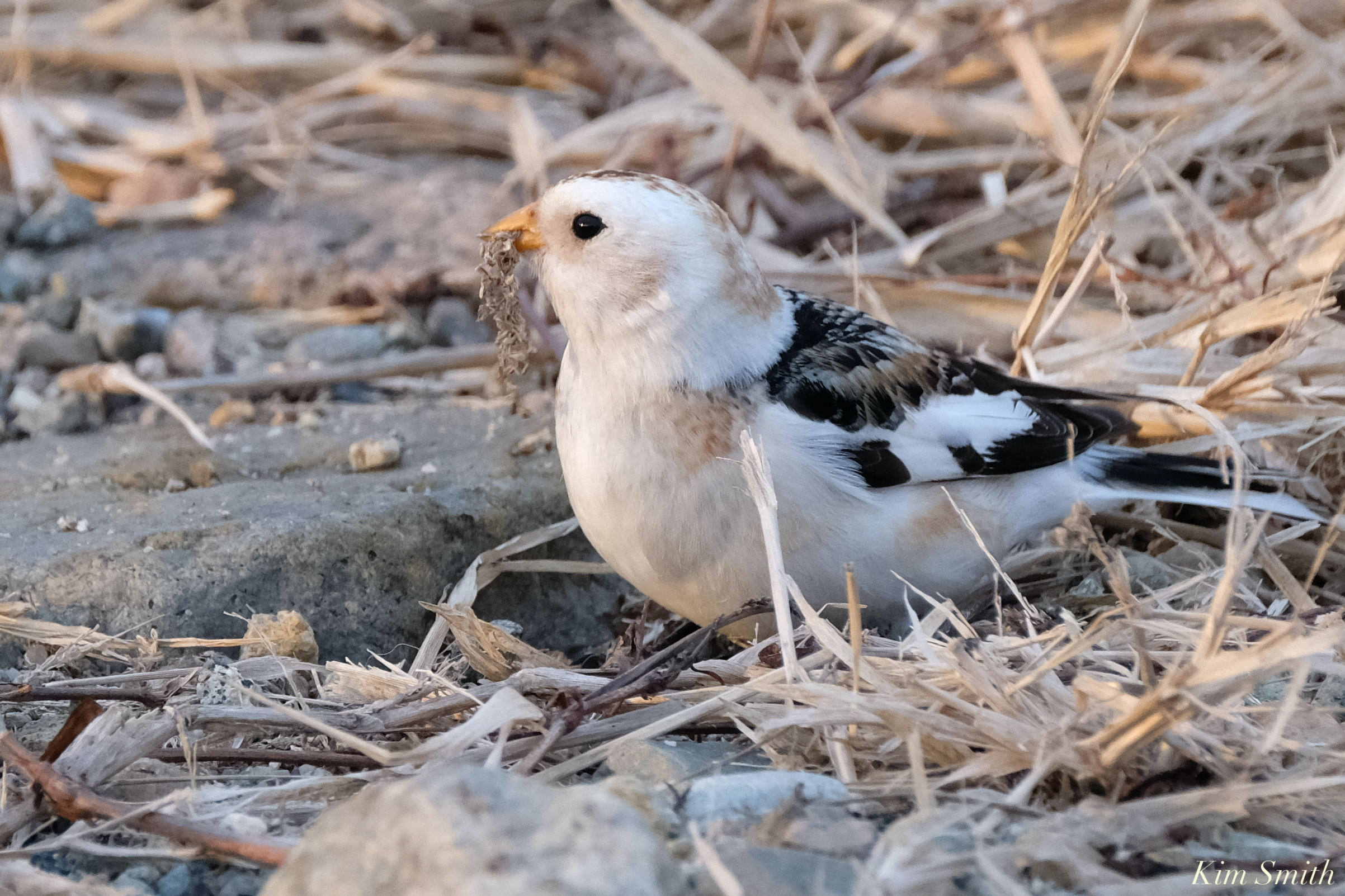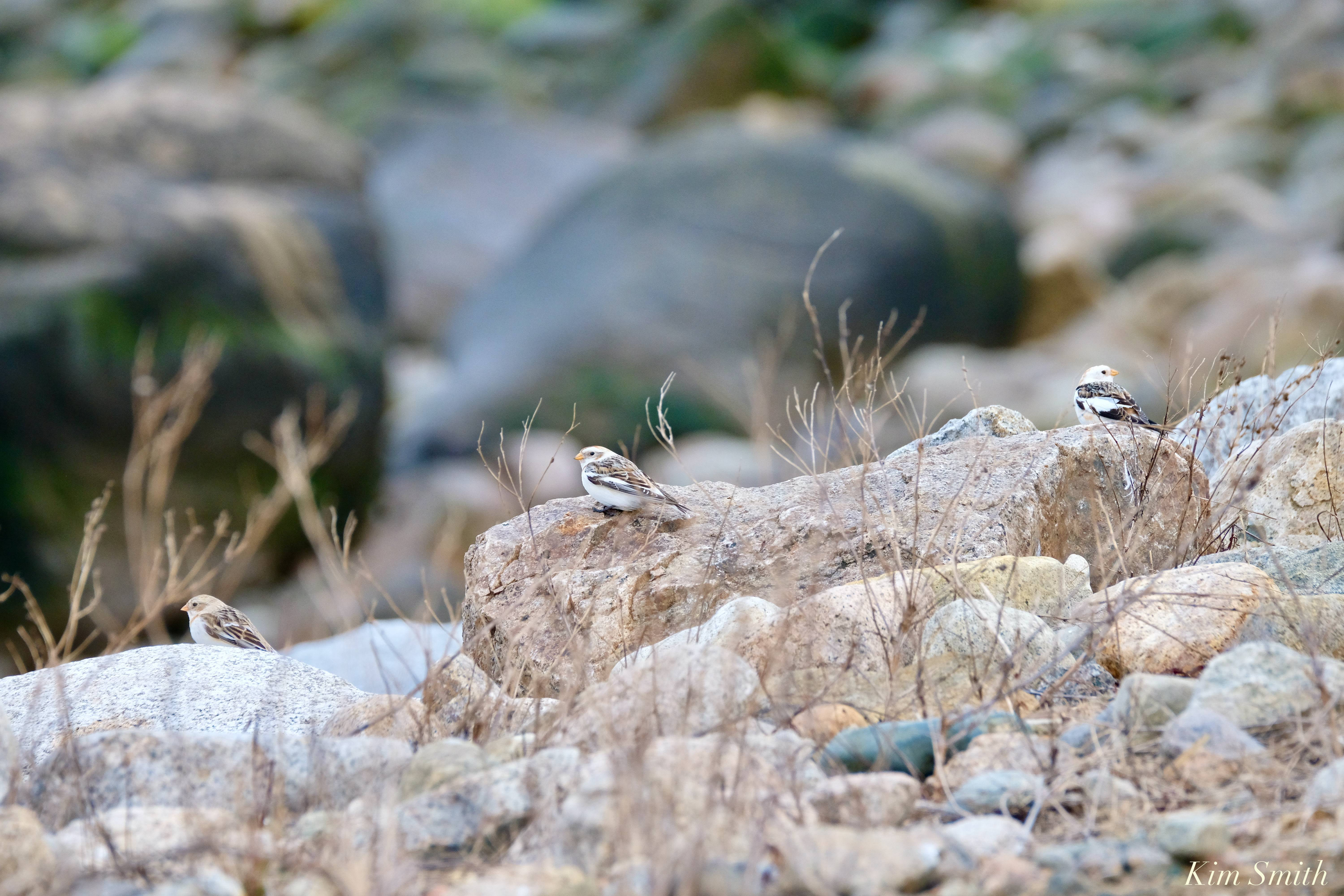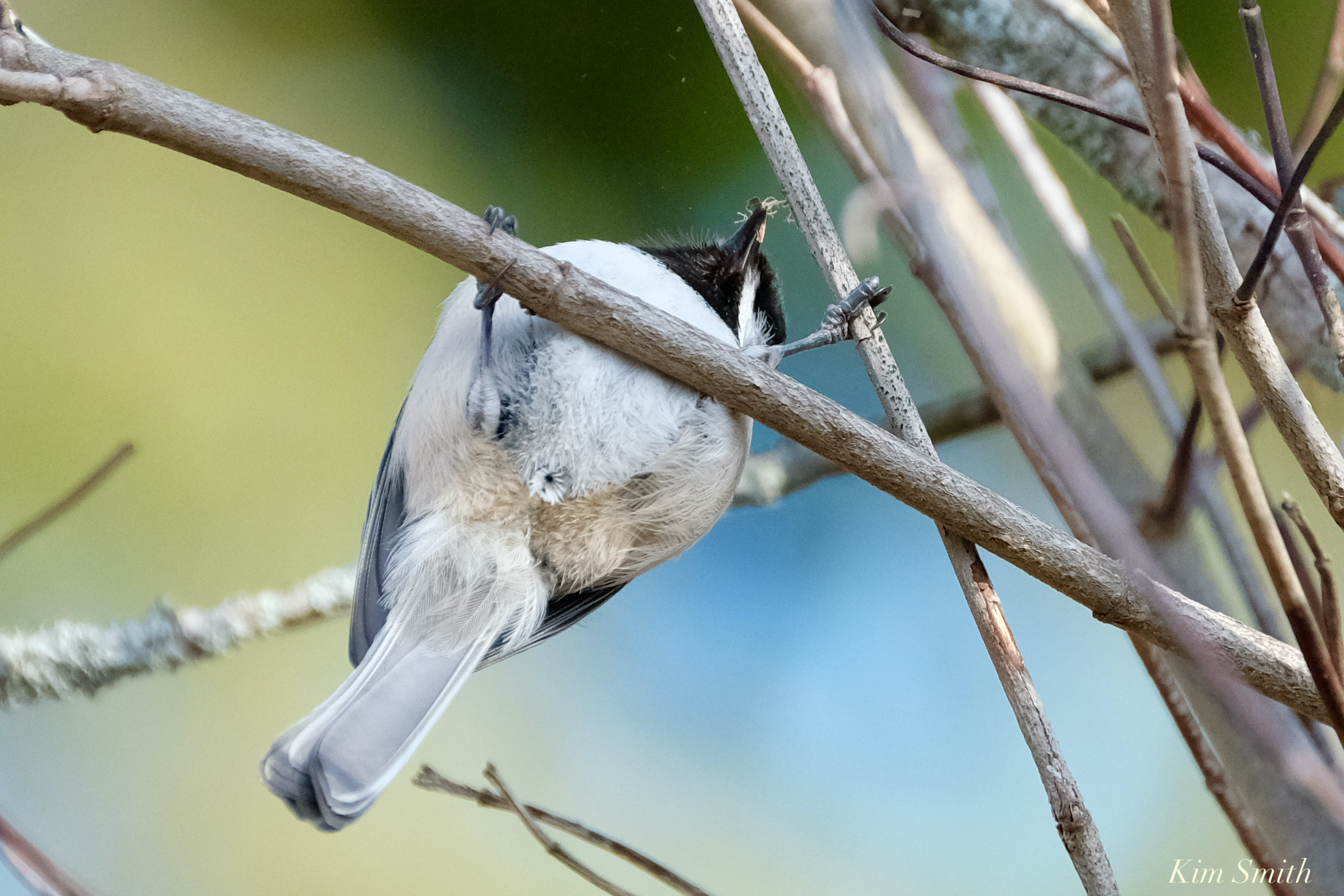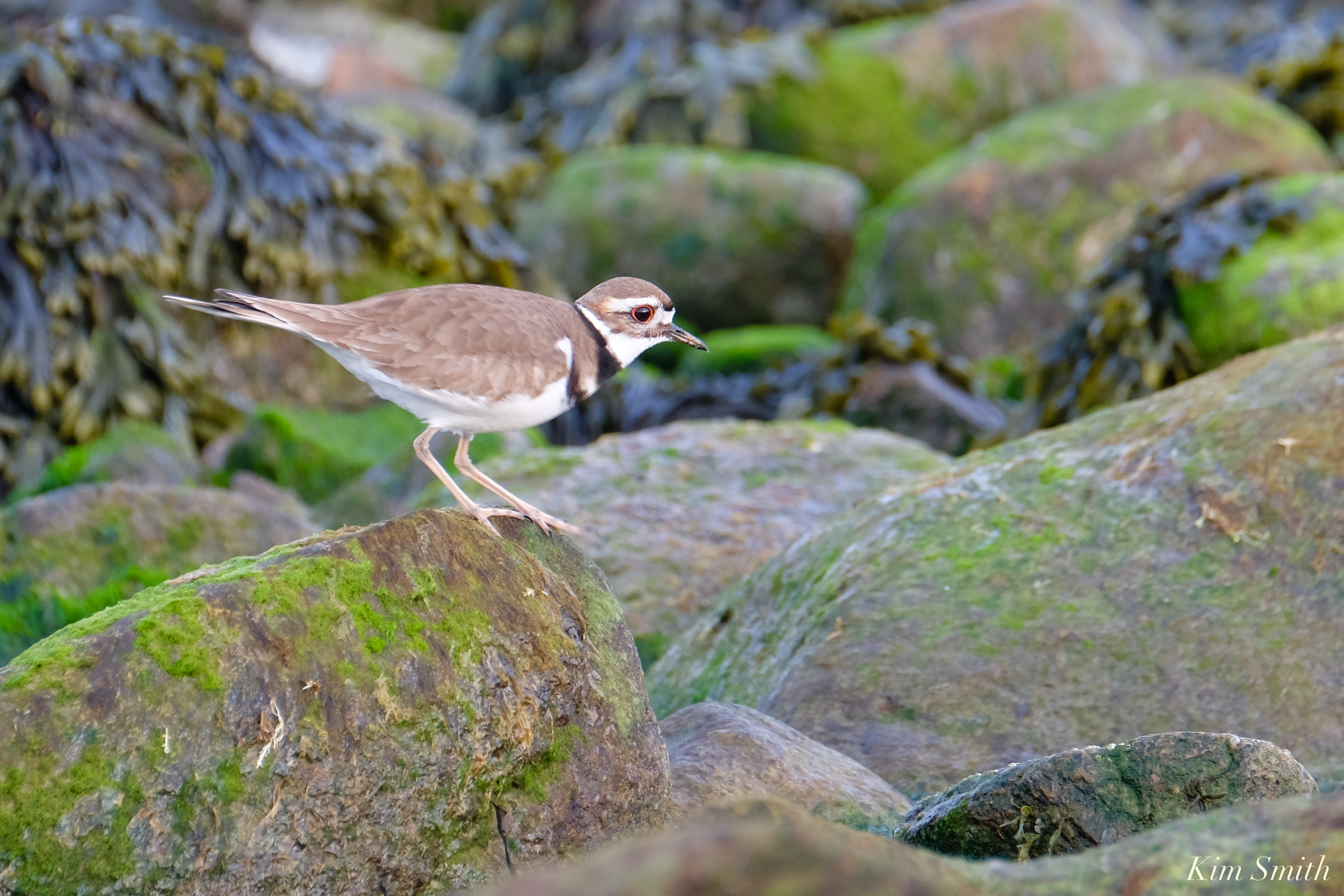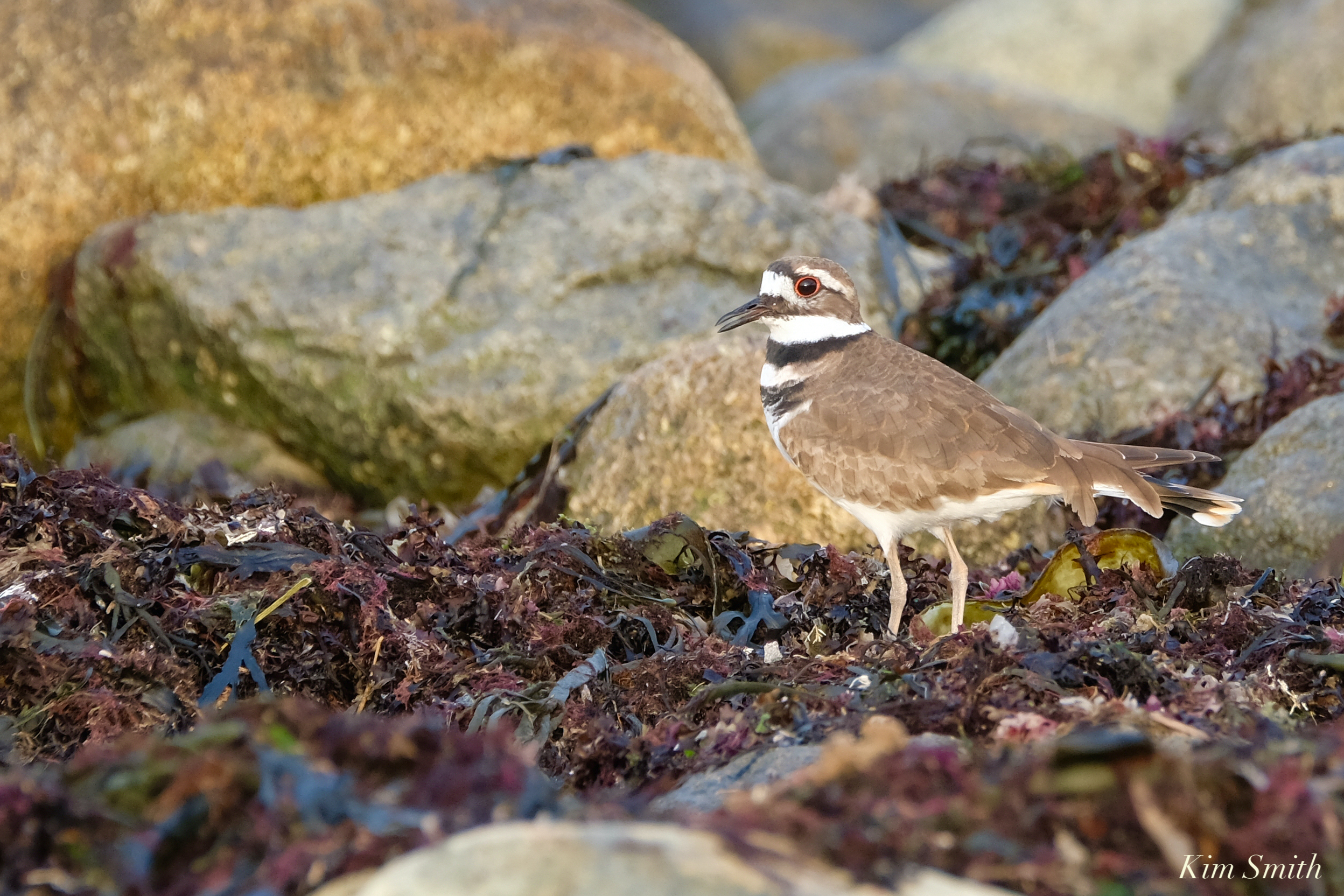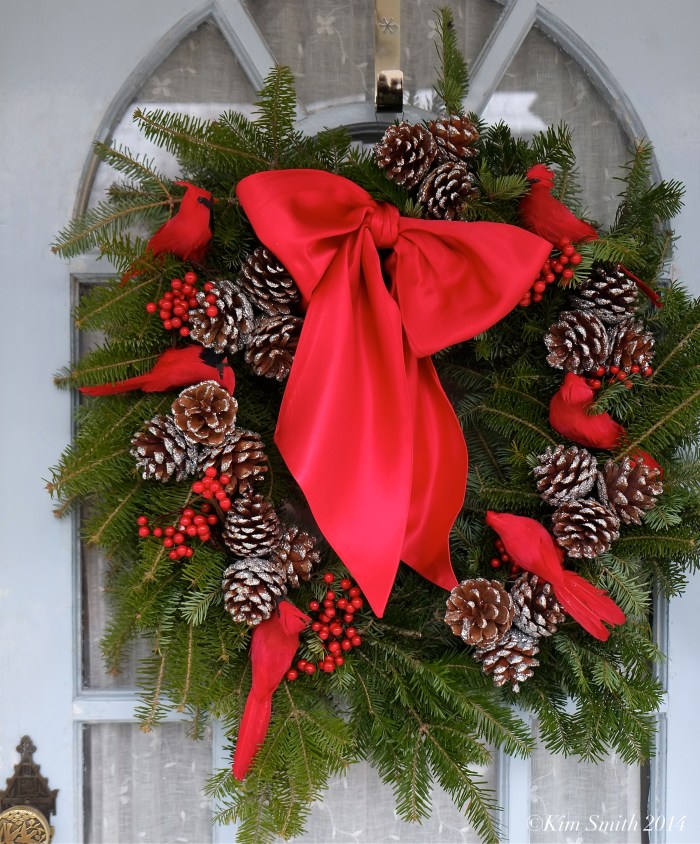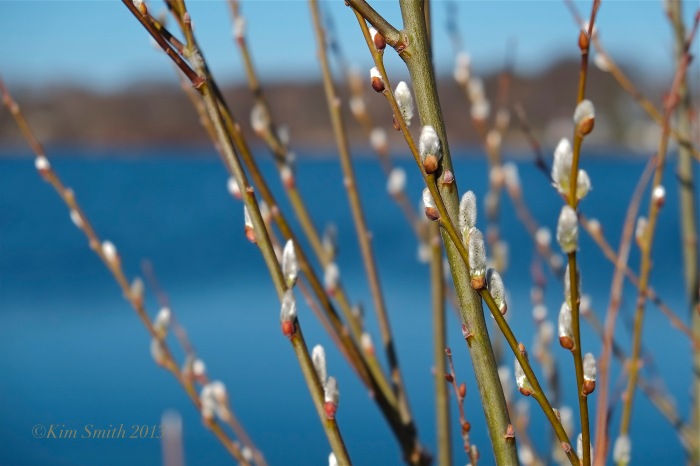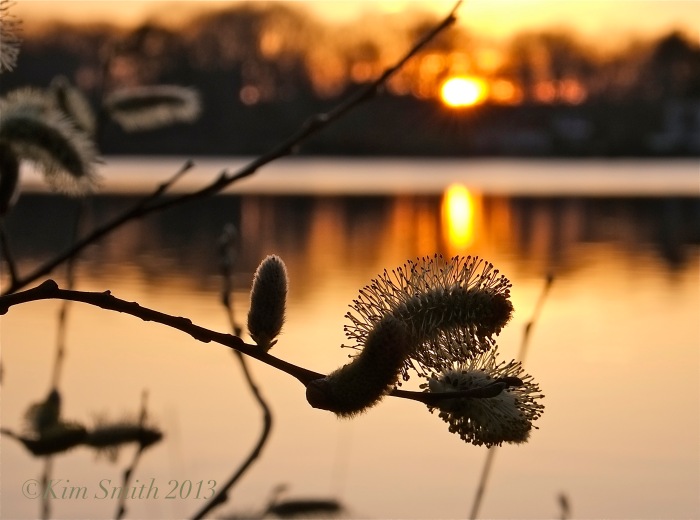Hello Friends,
I hope you are all doing well, or as well as can be expected during this heartbreaking pandemic event. The following kind words were spoken by Pope Francis today and I think they could not be truer.
“We are on the same boat, all of us fragile and disoriented, but at the same time important and needed,” he said.
“All of us called to row together, each of us in need of each other.”
In the world of wildlife spring migration is well underway and gratefully, nothing has changed for creatures small and large. That may change though in the coming days as resources for threatened and endangered species may become scarce.
A friend posted on Facebook that “we are all going to become birders, whether we like it or not.” I love seeing so many people out walking in the fresh air and think it is really the best medicine for our souls.
Several times I was at Good Harbor Beach over the weekend and people were being awesome practicing physical distancing. Both Salt Island Road and Nautilus Road were filled with cars, but none dangerously so, no more than we would see at a grocery store parking lot. I’m just getting over pneumonia and think I will get my old bike out, which sad to say hasn’t been ridden in several years. Cycling is a great thing to do with a friend while still practicing distancing and I am excited to get back on my bike.
An early spring wildlife scene update
The Niles Pond juvenile Black-crowned Night Heron made it through the winter!! He was seen this past week in his usual reedy location. Isn’t it amazing that he/she survived so much further north than what is typical winter range for BCHN.
Many of the winter resident ducks are departing. There are fewer and fewer Buffleheads, Scaups, and Ring-necked Ducks seen at our local waterways and ponds.
No sign lately of the American Pipits. For several days there were three! Snow Buntings at the berm at Brace Cove.
As some of the beautiful creatures that have been residing on our shores depart new arrivals are seen daily. Our morning walks are made sweeter with the songs of passerines courting and mating.
Song Sparrows, Mockingbirds, Robins, Cardinals, Chicadees, Nuthatches, Tufted Titmice, and Carolina Wrens are just a few of the love songs filling backyard, fields, dunes, and woodland.
Newly arrived Great Blue Herons and Great Egrets have been spotted at local ponds and marshes.

Cape Ann’s Kildeers appeared about a week or so ago, and wonderful of wonderful news, a Piping Plover pair has been courting at Good Harbor Beach since they arrived on March 22, a full three days earlier than last year.
Kildeers
Why do I think it is our PiPls returned? Because Piping Plovers show great fidelity to nesting sites and this pair is no exception. They are building nest scrapes in almost exactly the same location as was last year’s nest.
 Piping Plover Nest Scrape Good Harbor Beach 2020
Piping Plover Nest Scrape Good Harbor Beach 2020
I’m not sure if the Red Fox photographed here is molting or is the early stages of mange. It does seem a bit early to be molting, but he was catching prey.
We should be seeing Fox kits and Coyote pups any day now, along with baby Beavers, Otters, and Muskrats 🙂
 It’s been an off year for Snowy Owls in the Northeast and mid-Atlantic with relatively many fewer owls than that wonderful irruptive winter of 2017-2018 when Hedwig was living on the back shore. 2019 was a poor summer for nesting however, reports of high numbers of Lemmings at their eastern breeding grounds are coming in, which could mean a good nesting season for Snowies in 2020, which could lead to many more Snowies migrating south in the winter of 2020-2021.
It’s been an off year for Snowy Owls in the Northeast and mid-Atlantic with relatively many fewer owls than that wonderful irruptive winter of 2017-2018 when Hedwig was living on the back shore. 2019 was a poor summer for nesting however, reports of high numbers of Lemmings at their eastern breeding grounds are coming in, which could mean a good nesting season for Snowies in 2020, which could lead to many more Snowies migrating south in the winter of 2020-2021.
Take care Friends and be well ❤
